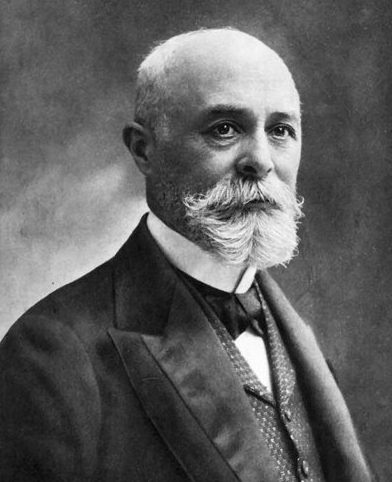We’ve been harnessing the sun’s energy for hundreds if not thousands of years. It wasn’t until recently that we began to use it for electricity and repurpose that energy.

Bell Labs and the First Solar Cell, source: scientificamerican.com
Nearly 140 years ago, James Clerk Maxwell identified the phenomenon: “I saw conductivity of Selenium as affected by light … That of the sun great.” This was the first major insight into using a solar collector to provide electricity. Around 1839, the photovoltaic effect was seen in a conductive solution exposed to light.
Initially, it wasn’t the idea of producing electricity or harnessing energy. An electrical engineer named Willoughby Smith published an article in the 1873 Journal of the Society of Telegraph Engineers, noting that the resistance of a bar of selenium would be affected by the amount of sun that touched it.
In true scientist’s fashion, Smith followed up on this peculiarity with a series of experiments. He found that it was not the heat of the sun, but the light, that would affect the selenium. Several other scientists began to study the material and found that heat had nothing to do with the change of electrical resistance, but there was a strong correlation to the amount of light. They realized that light could cause a flow of electricity.

Charles Fritts, source: ca.gov
A few years later, a scientist named Charles Fritts constructed the first photoelectric device, a small layer of selenium spread onto a metal plate, covered with a semi-transparent gold film. He predicted that this new invention could eventually compete with coal-fired electrical plants, which was relatively new at the time. Maxwell agreed that this could have far-reaching potential, even though they still had no idea how it worked. Some called it a “magic” plate and ignored the invention.
In 1905, Albert Einstein published an article that illustrated how light contains photons and its energy correlated to the wavelength of light. Several other insights into electrons and light culminated into a solid framework for research into photoelectricity. Now, scientists could explain what was once before, magic. In the bars of selenium, light hits the selenium molecules and liberates electrons, distributing a flow of electricity. Within the next decade, scientists would then refer to this as the photovoltaic effect.
By 1919, Thomas Benson had published a book on solar cells, touting selenium as the “inevitable Solar Generator.” But without any significant breakthroughs in the technology within the next 30 years, and a disappointing efficiency rate, Westinghouse’s photoelectricity division halted their research efforts. They concluded that
“The photovoltaic cells will not prove interesting … until the efficiency has increased at least fifty times.”
A few years later, Bell Labs announced the invention of the first practical solar cell, which had around 6% efficiency. Today’s solar cells can achieve as high as 40% efficiency and have been dropping steadily in price.

